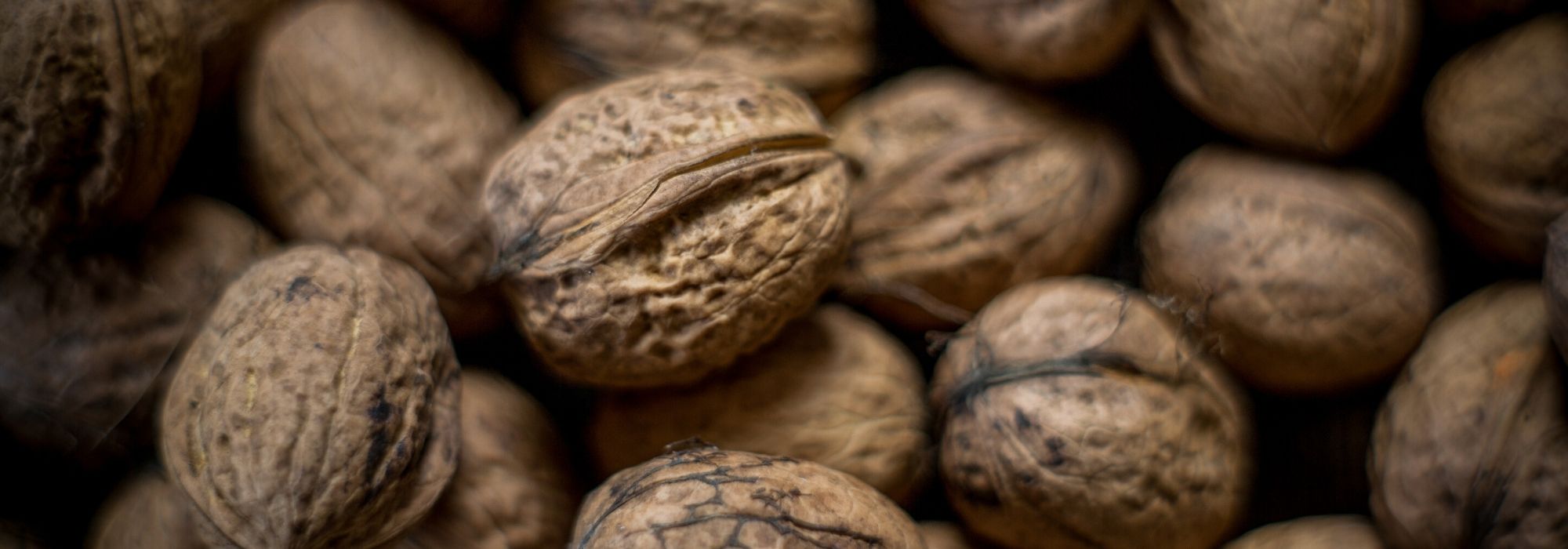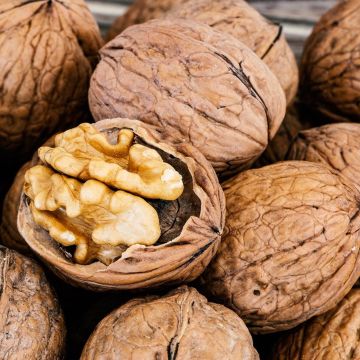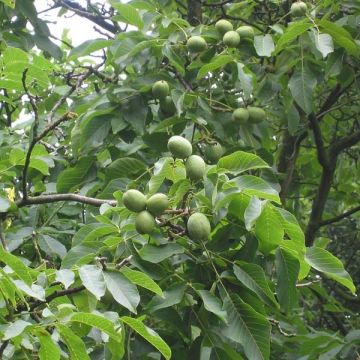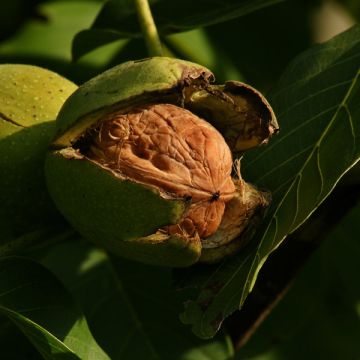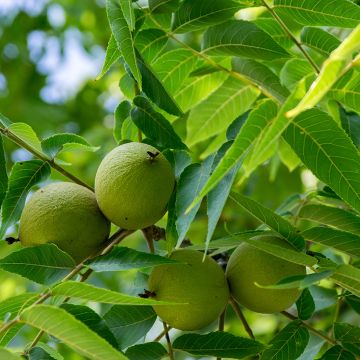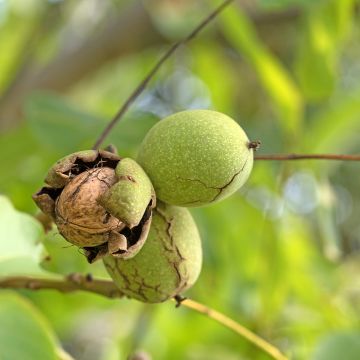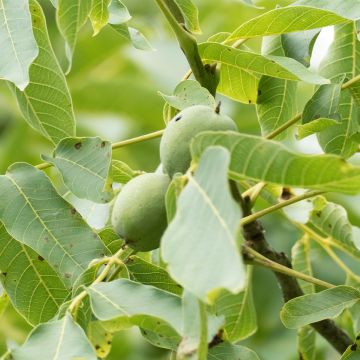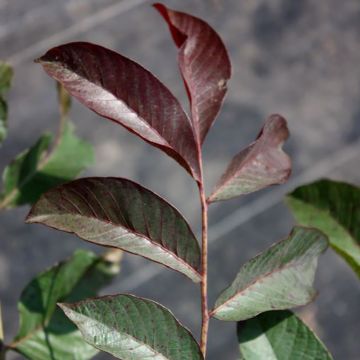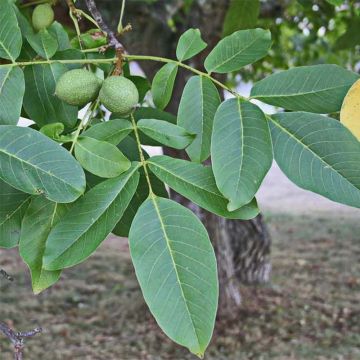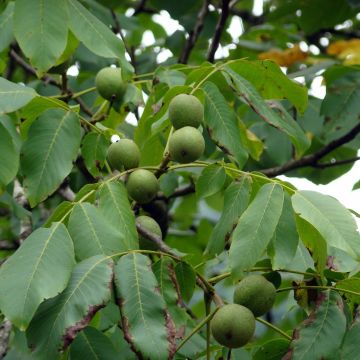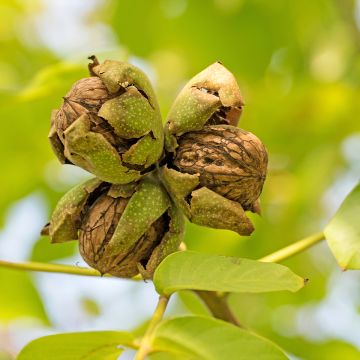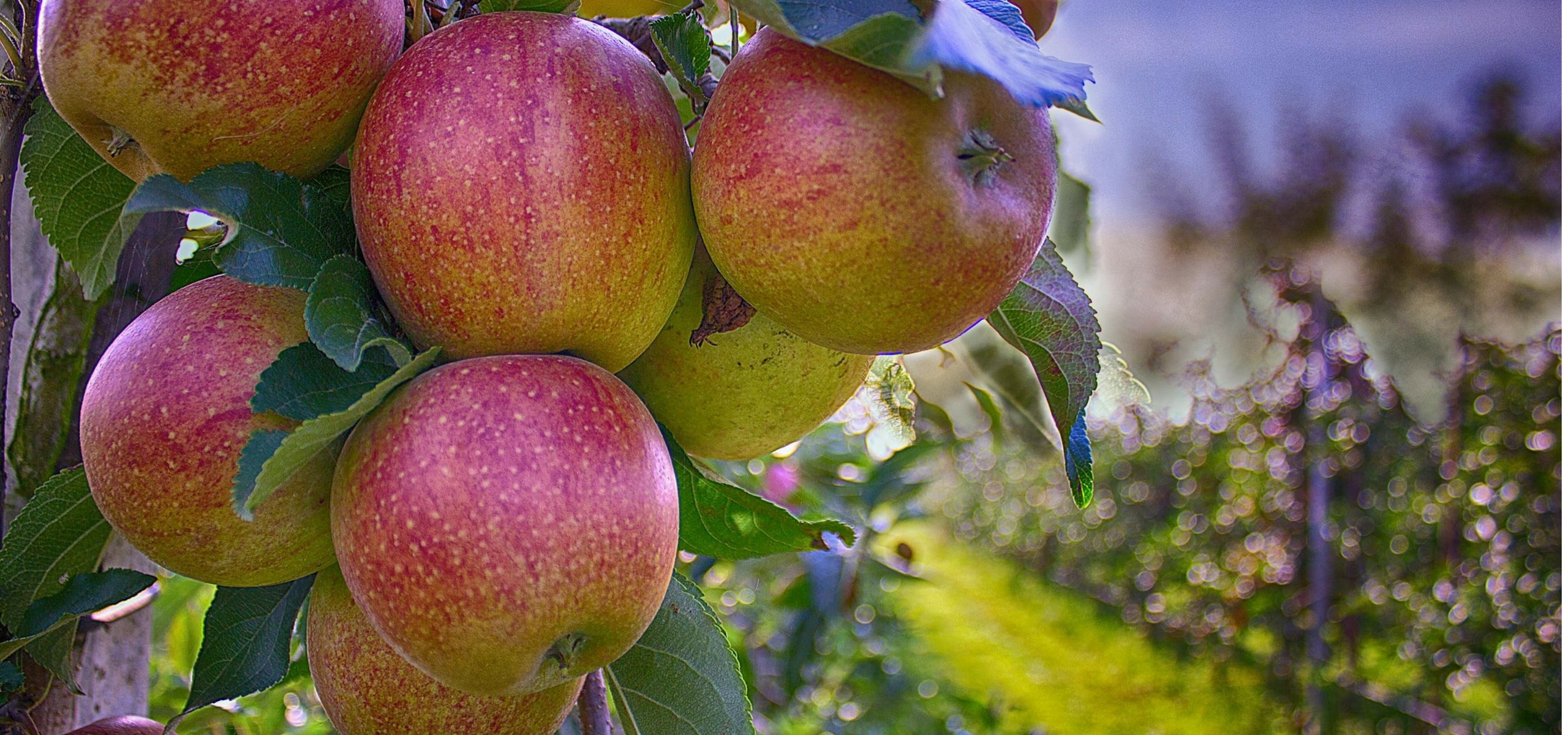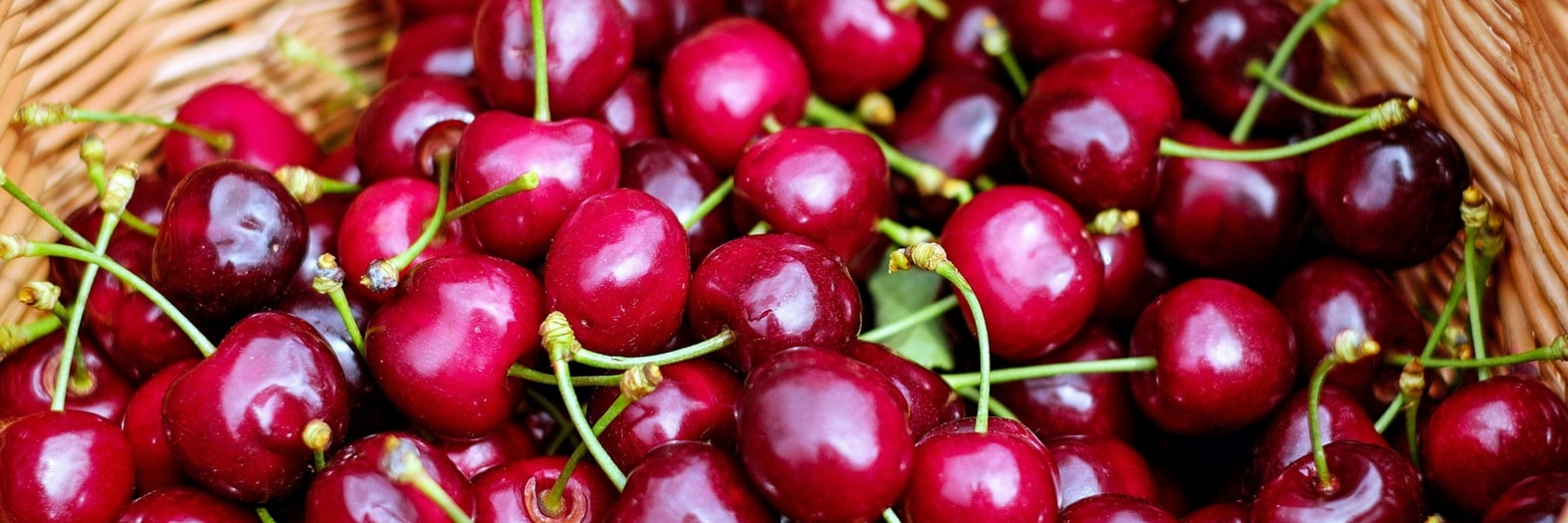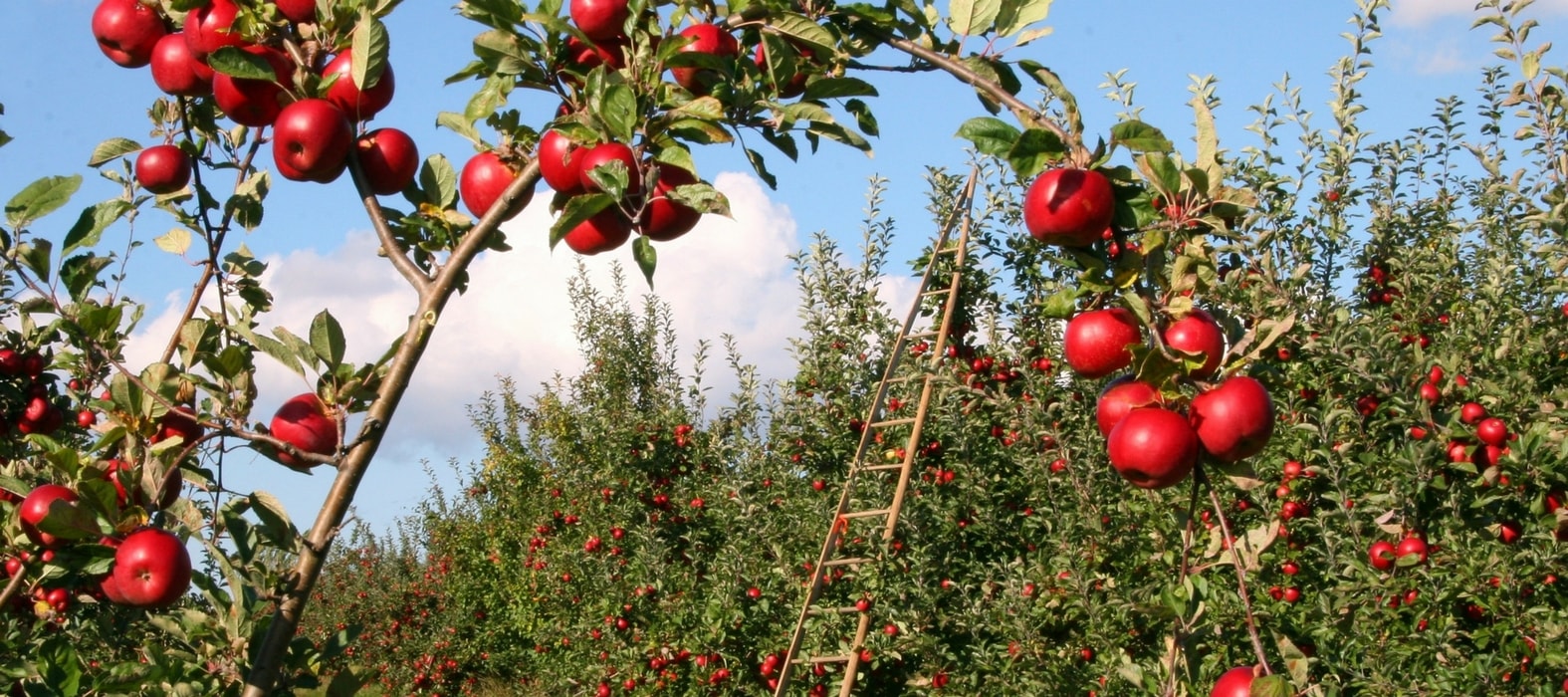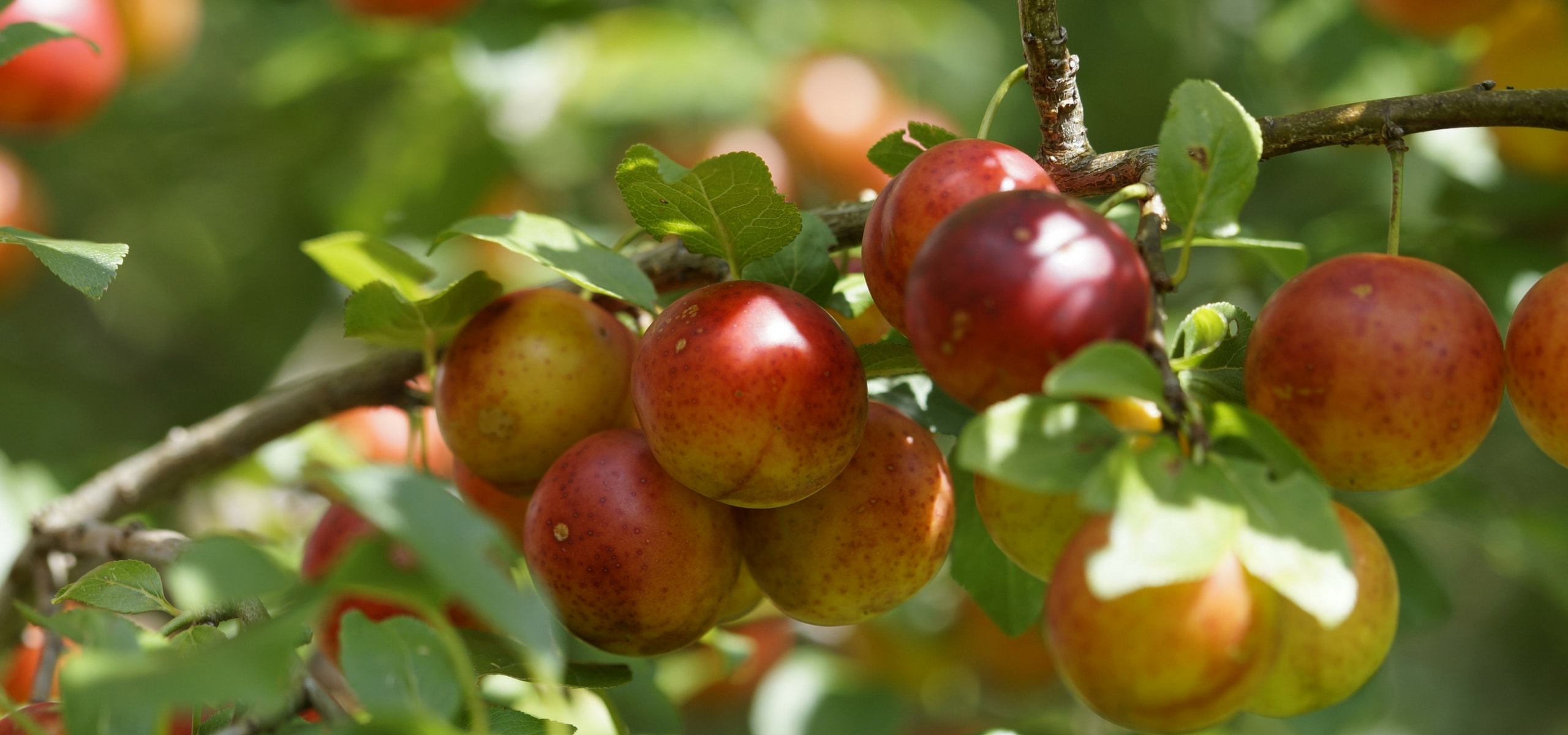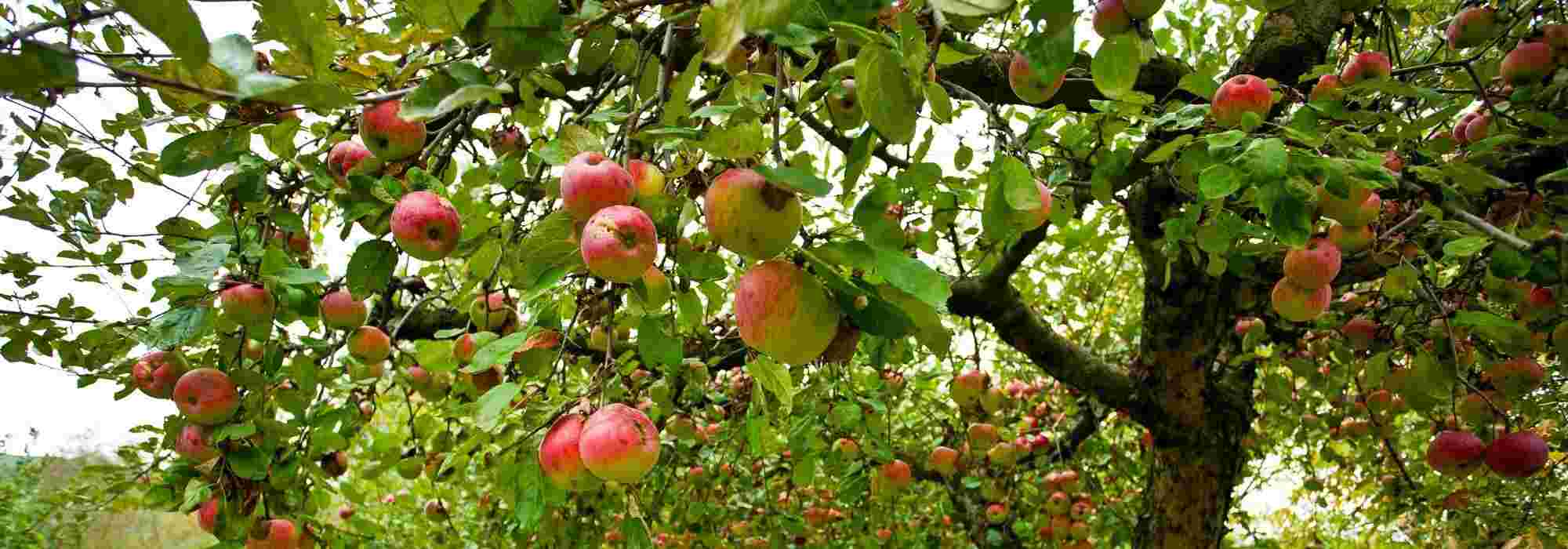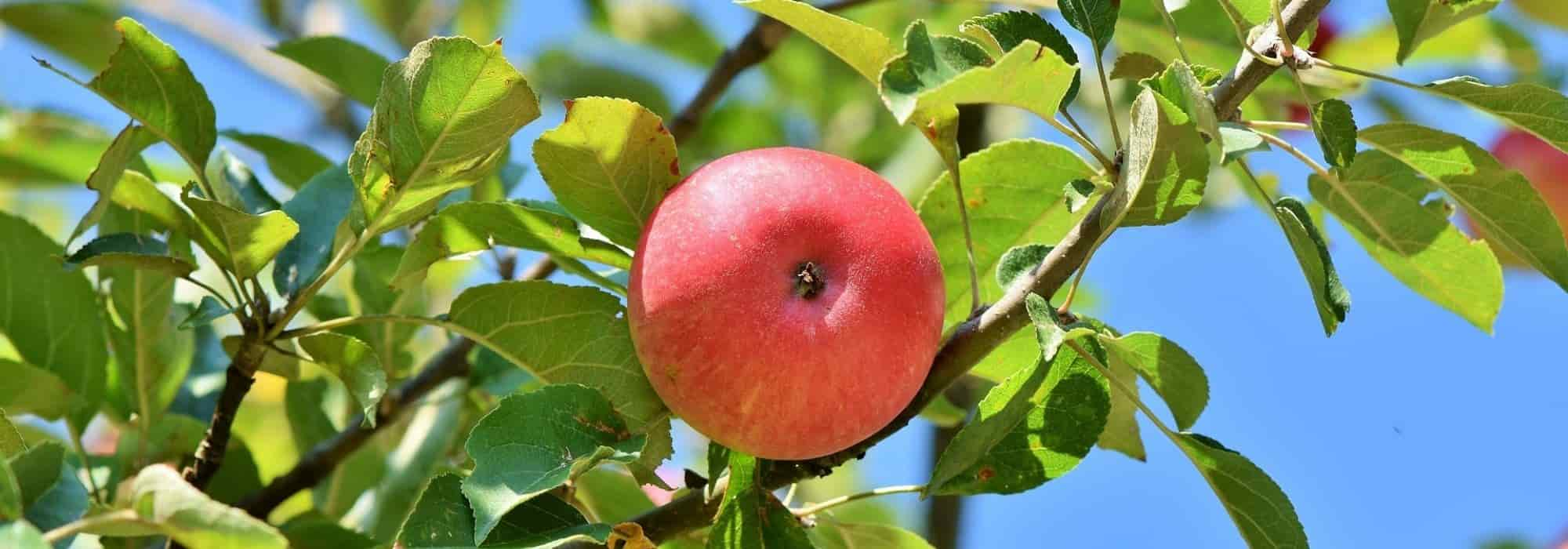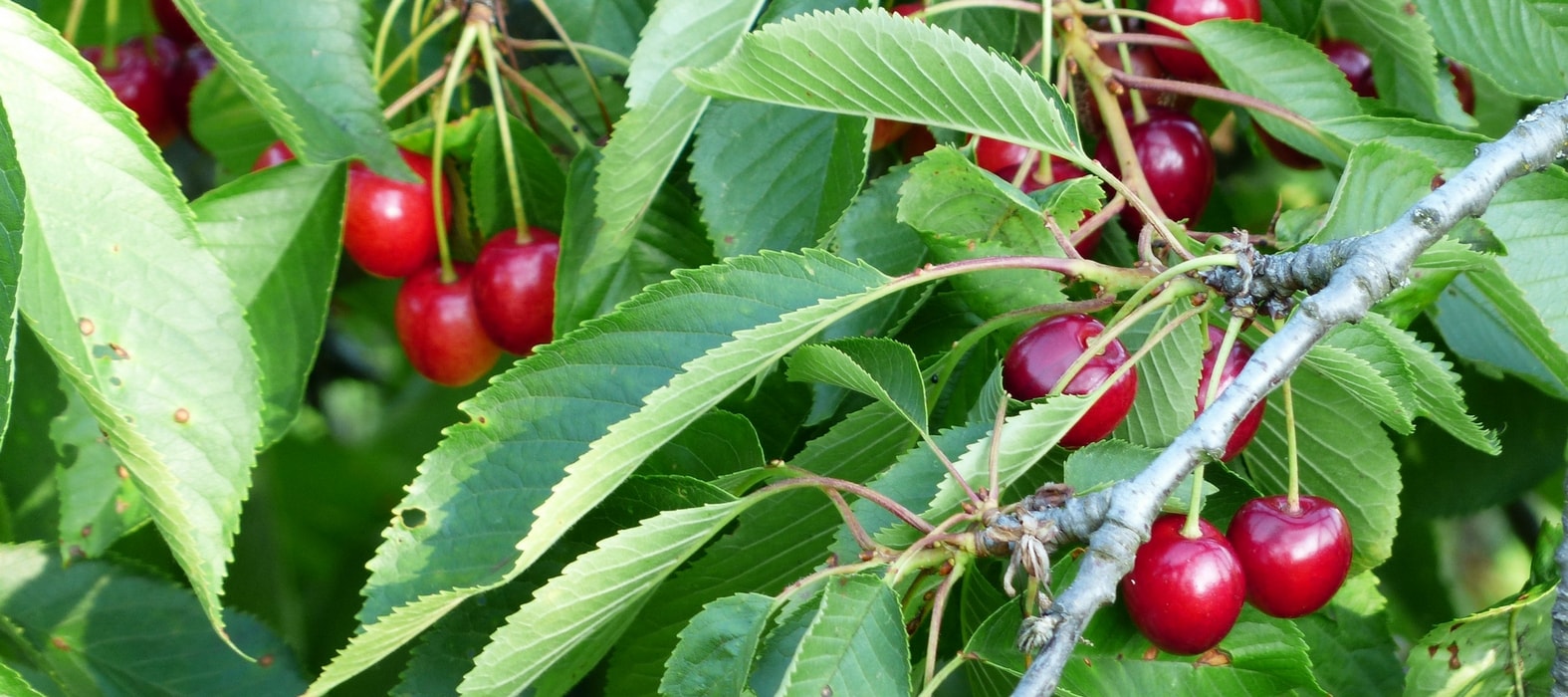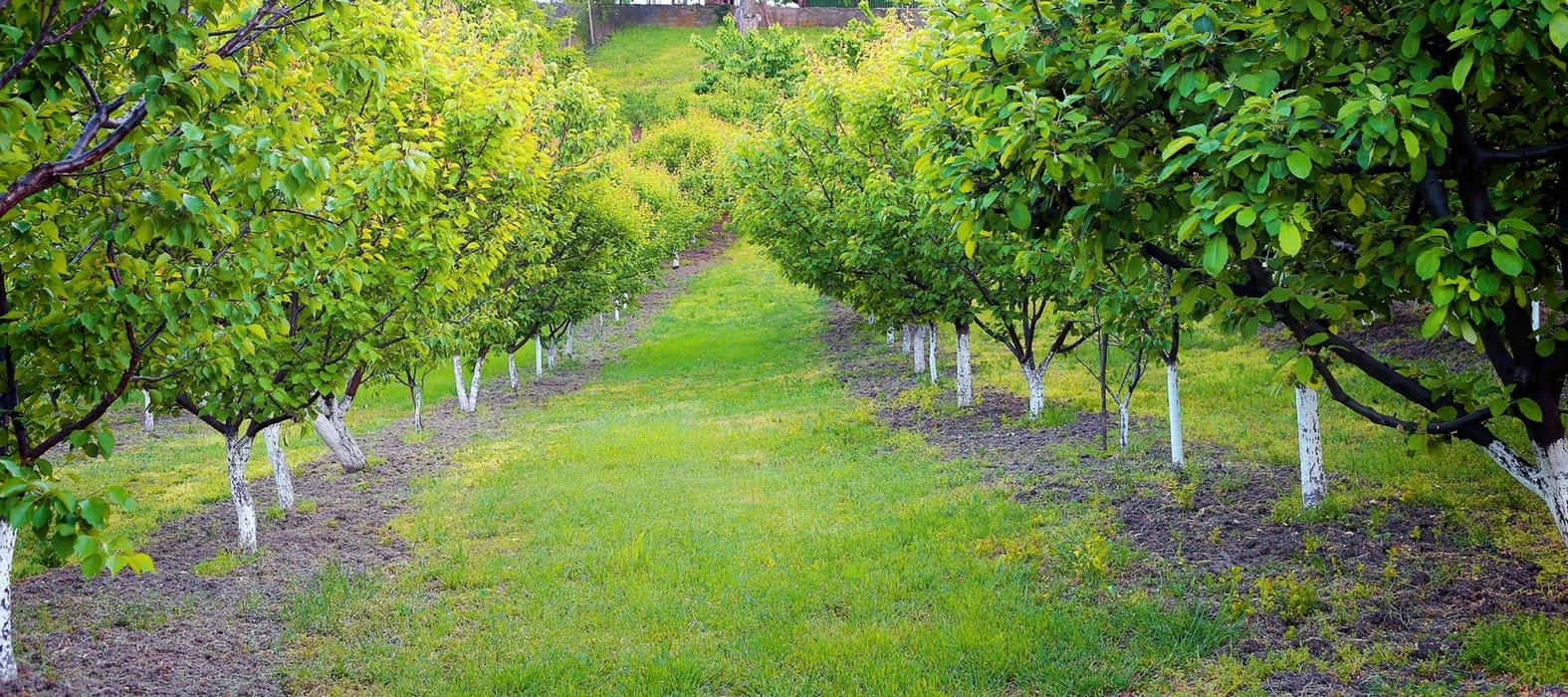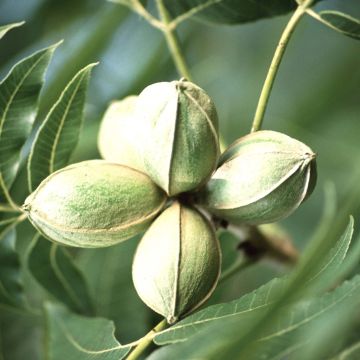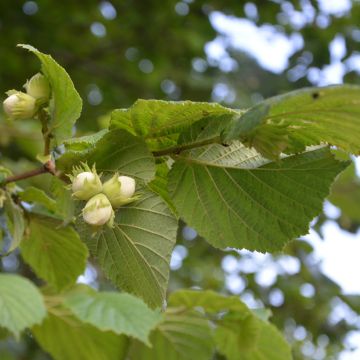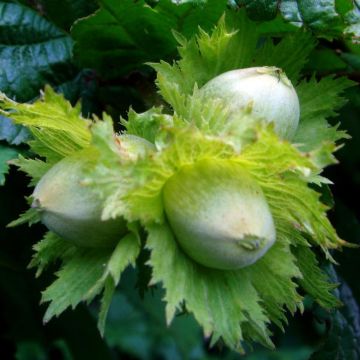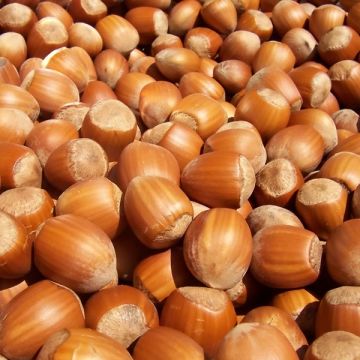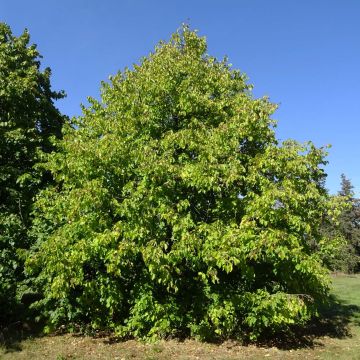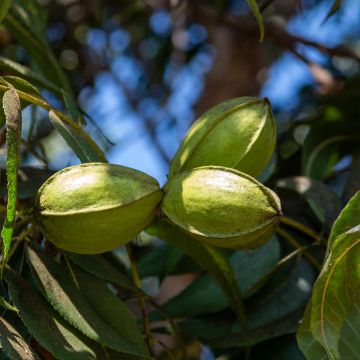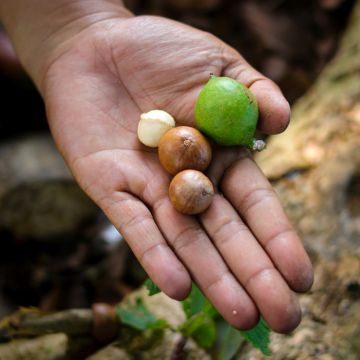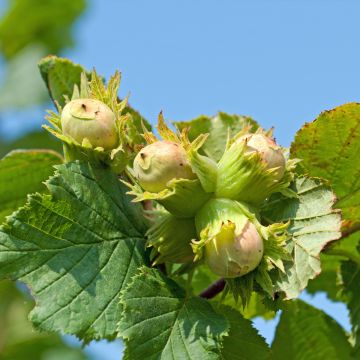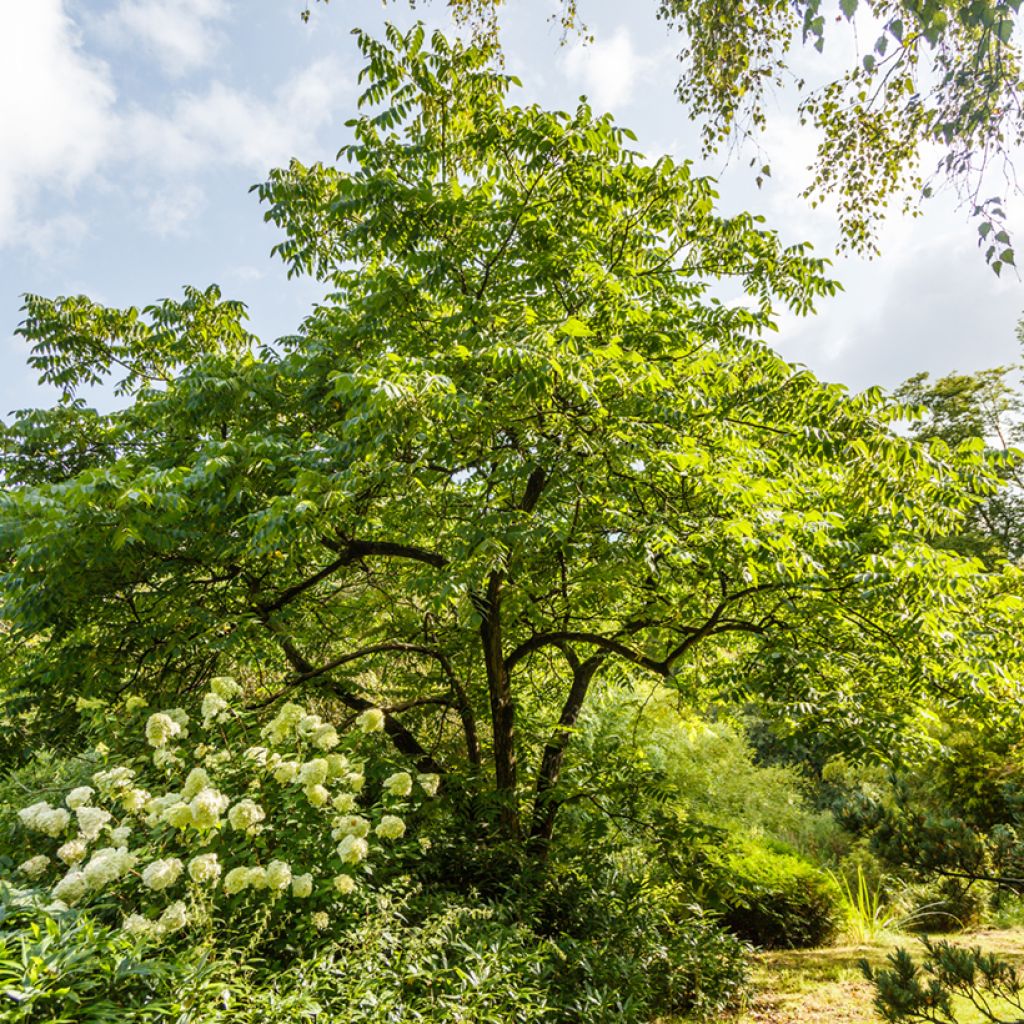

Juglans cinerea - Butternut
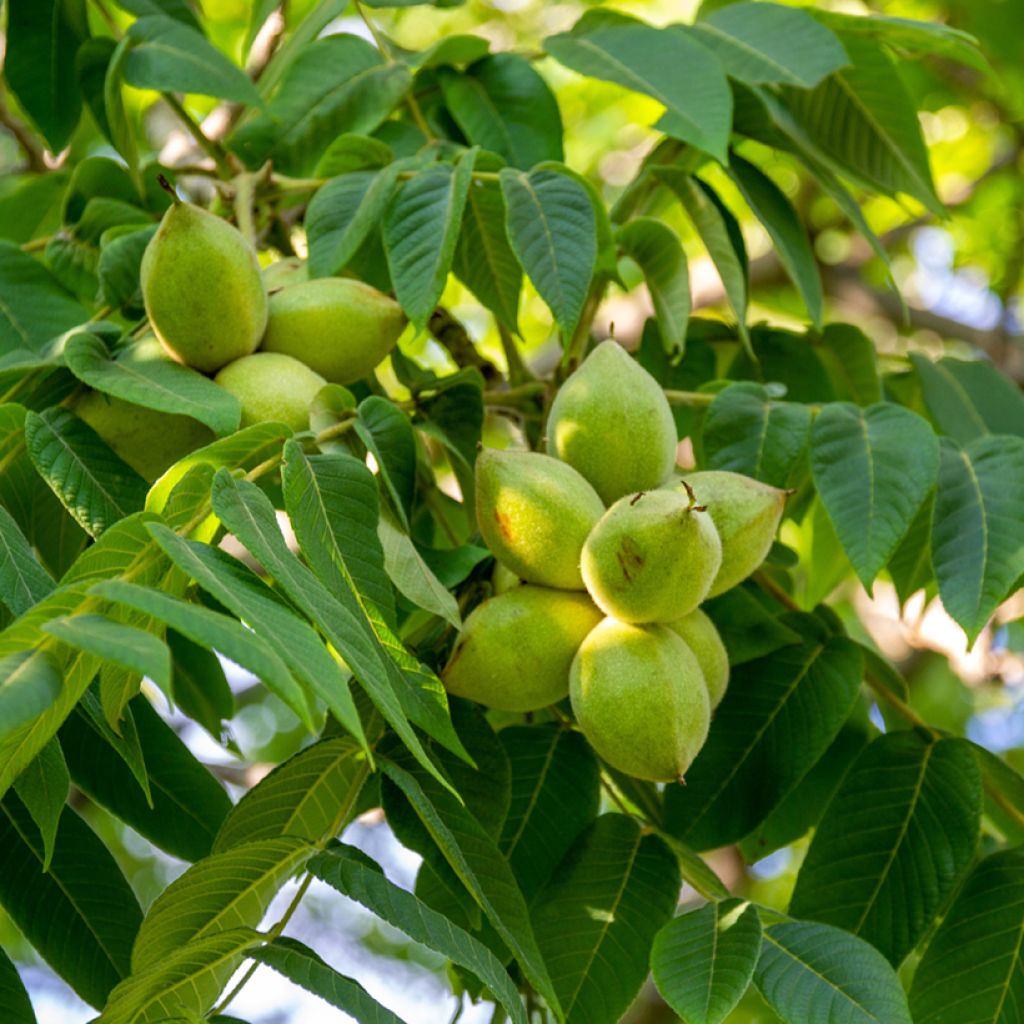

Juglans cinerea - Butternut
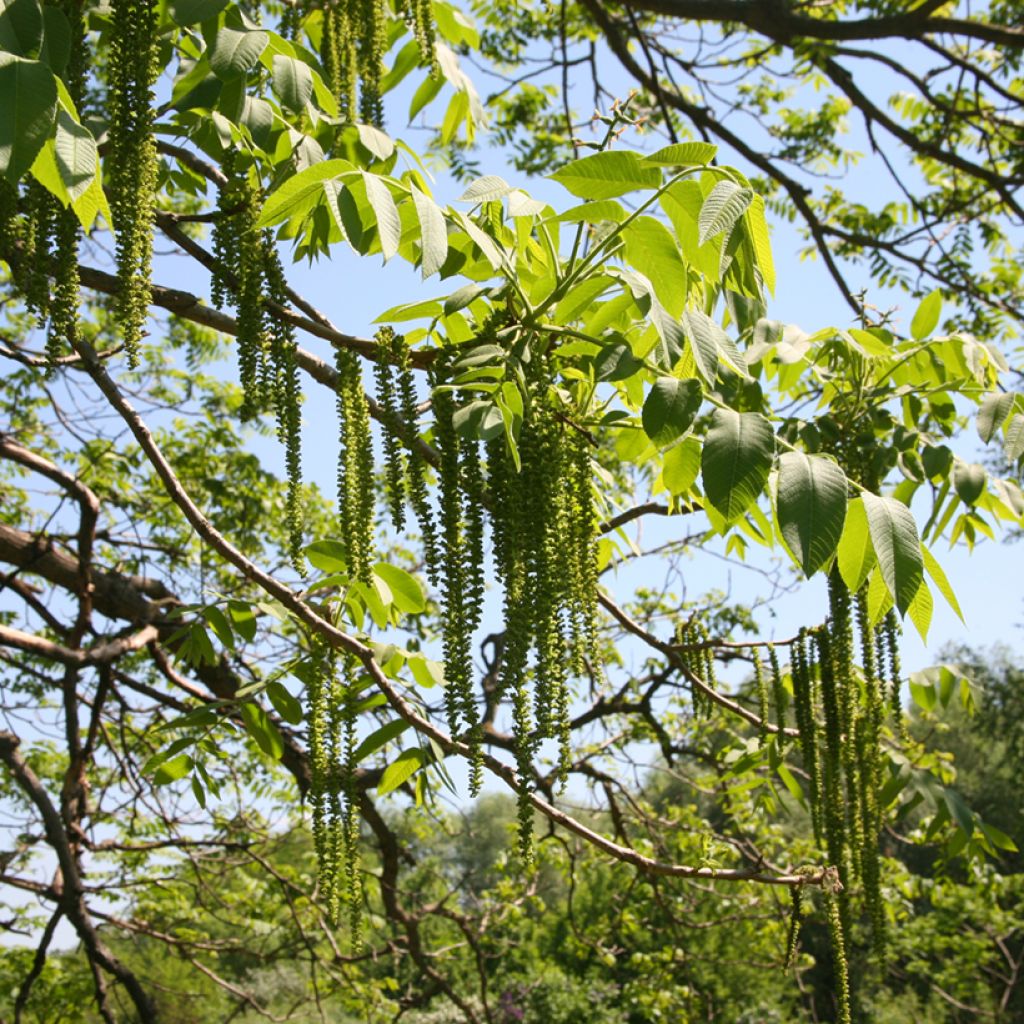

Juglans cinerea - Butternut
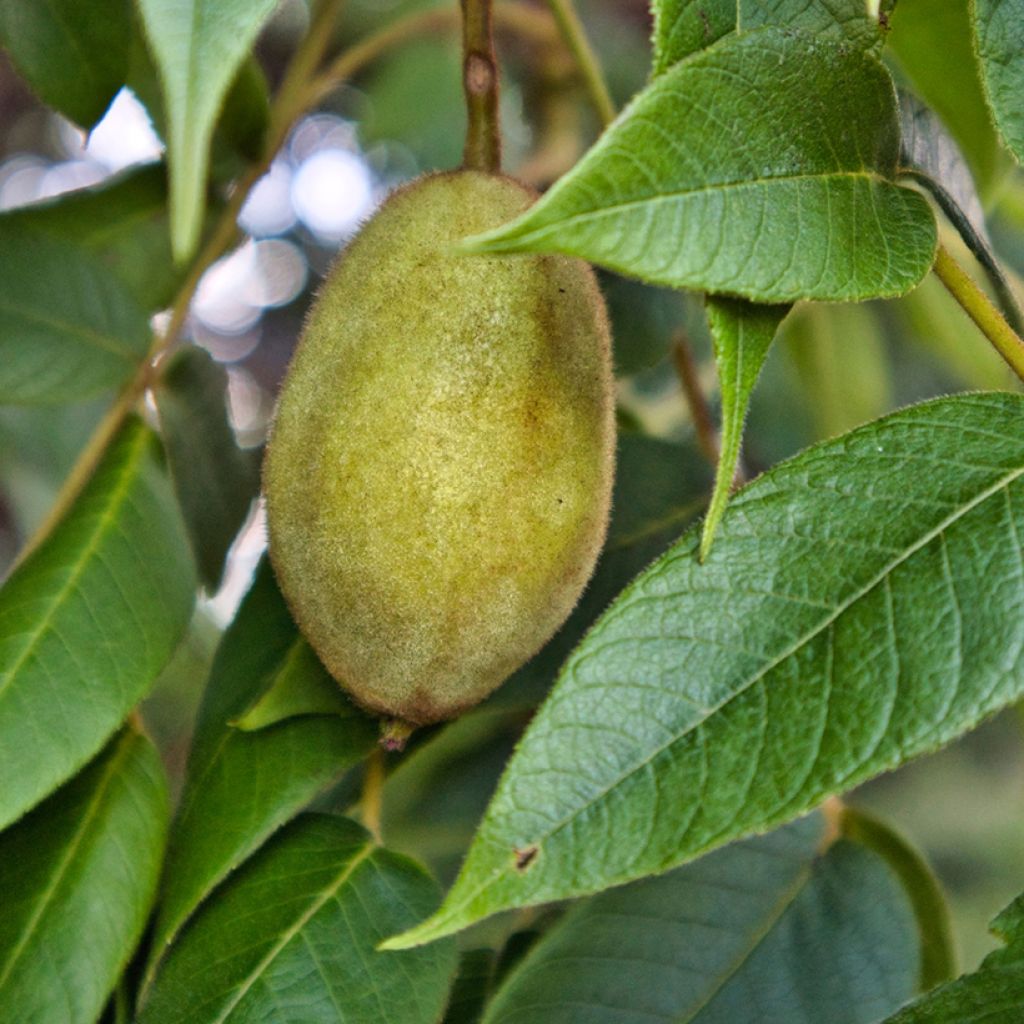

Juglans cinerea - Butternut
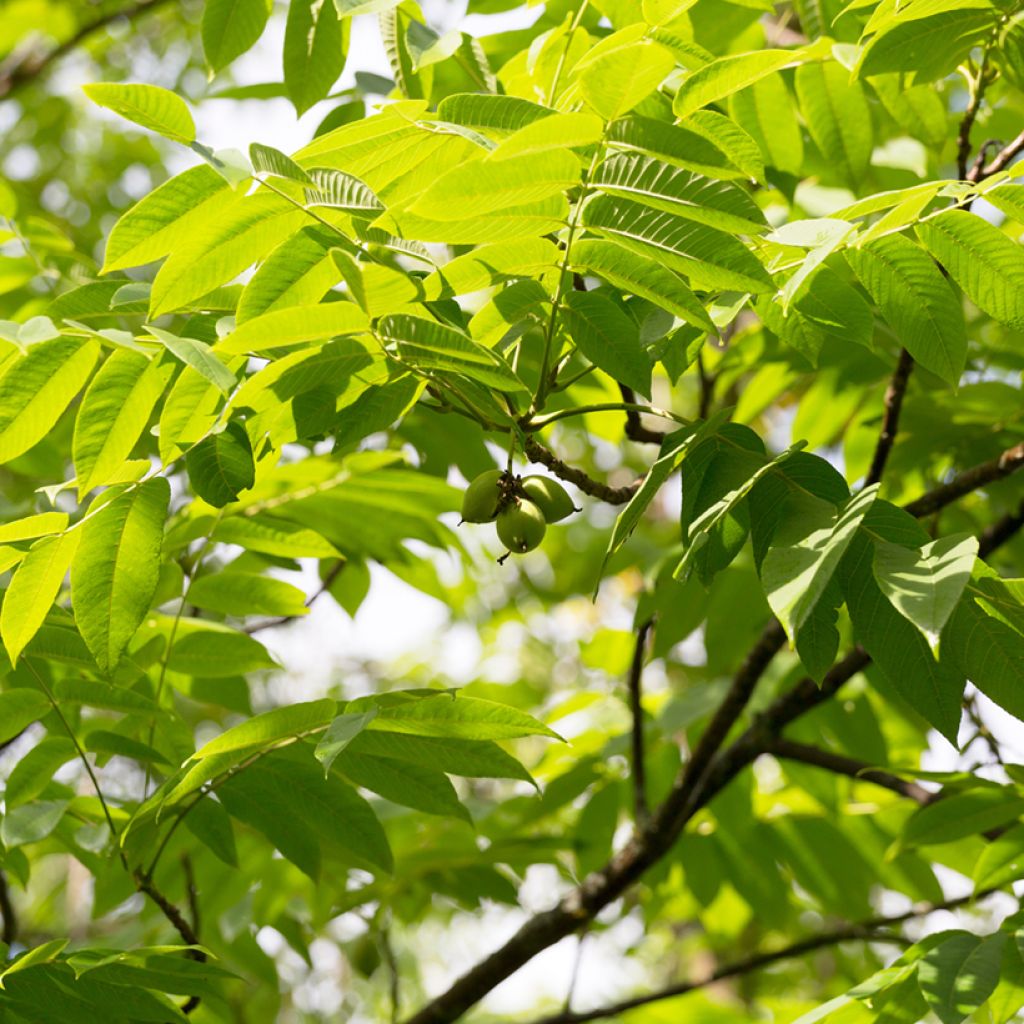

Juglans cinerea - Butternut
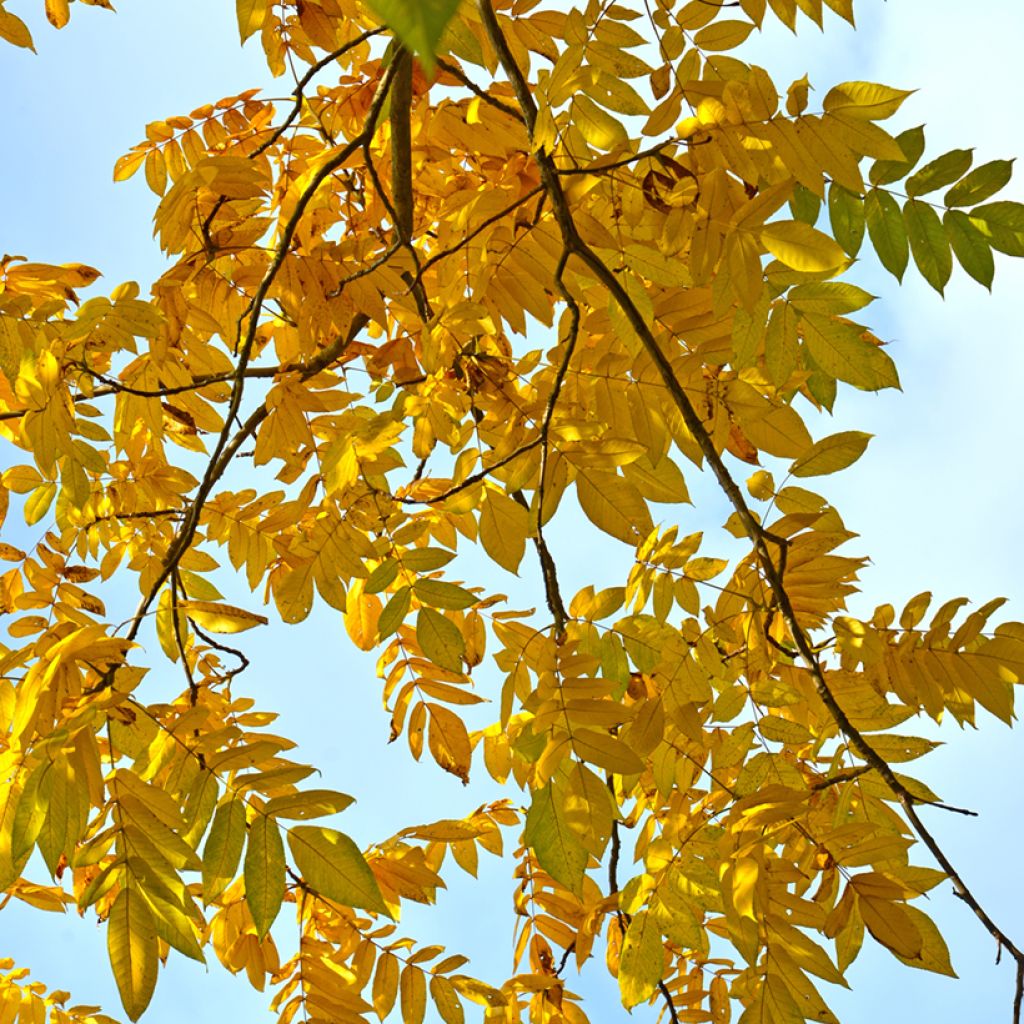

Juglans cinerea - Butternut
Juglans cinerea - Butternut
Juglans cinerea
White walnut, Butternut
Special offer!
Receive a €20 voucher for any order over €90 (excluding delivery costs, credit notes, and plastic-free options)!
1- Add your favorite plants to your cart.
2- Once you have reached €90, confirm your order (you can even choose the delivery date!).
3- As soon as your order is shipped, you will receive an email containing your voucher code, valid for 3 months (90 days).
Your voucher is unique and can only be used once, for any order with a minimum value of €20, excluding delivery costs.
Can be combined with other current offers, non-divisible and non-refundable.
Home or relay delivery (depending on size and destination)
Schedule delivery date,
and select date in basket
This plant carries a 6 months recovery warranty
More information
We guarantee the quality of our plants for a full growing cycle, and will replace at our expense any plant that fails to recover under normal climatic and planting conditions.
Description
Butternut (Juglans cinerea) is a beautiful fruit tree native to North America. It is a cousin of our common walnut. Like the latter, it bears deciduous compound leaves and produces flavourful walnuts. With its broad silhouette and sturdy trunk, it finds its place in large gardens. Appreciated both for its generous shade and its oil-rich nuts, this walnut tree also offers light-coloured wood prized in carpentry. Hardy down to -30 °C, it is an excellent ally for biodiversity, particularly for squirrels and birds.
Butternut (Juglans cinerea), sometimes called white walnut or oilnut, belongs to the Juglandaceae family, like other walnut trees. Native to eastern North America, its range extends from southern Quebec and New Brunswick in Canada to northern Alabama and Arkansas in the United States, including regions such as Minnesota and Missouri. It prefers rich, moist, well-drained soils, often near watercourses. This species is typically found in mixed deciduous forests.
Juglans cinerea is a medium-sized deciduous tree, reaching 12 to 18 m in height, with a trunk diameter of up to 40 to 80 cm. Its bark is light grey, smooth in young specimens, becoming fissured with age. The compound and odd-pinnate leaves measure between 40 and 70 cm in length and consist of 11 to 17 oblong lanceolate leaflets, each measuring 5 to 10 cm in length and 3 to 5 cm in width. The foliage is downy, its yellowish-green hue is brighter than that of many other trees. In autumn, before falling, it turns a decorative golden yellow.
The butternut flowers in spring, usually in May or June. The tree is monoecious, bearing separate male and female flowers on the same individual. The male flowers appear as pendulous, cylindrical, yellowish catkins, between 5 and 10 centimetres in length, while the smaller female flowers appear in small clusters at the tips of the current year's shoots. The fruits are oblong walnuts, measuring 5 to 10 cm in length, encased in a sticky, downy green husk. When ripe, the husk splits to release the walnut, whose thick, grooved shell contains an edible seed with a rich, oily flavour.
Butternut exhibits rather rapid growth, but its lifespan is short, rarely exceeding 80 years. Its habit is spreading, with an open, rounded crown. The branches are sturdy and widely spreading, giving the tree a majestic silhouette. This species is currently threatened by butternut canker, a fungal disease that has decimated many populations within its natural range.
The harvest: the walnuts are typically harvested in mid-September, when the ripe fruits fall naturally to the ground. The trees begin producing walnuts around 20 years of age, reaching peak production between 30 and 60 years. After harvesting, it is best to dry the walnuts with their husks (the outer covering) for about two months, until the husk turns black and can be easily rubbed off. Once the husk is removed, the walnuts can be eaten as they are or used in cooking; they impart a mild, slightly sweet flavour to dishes.
Storage: to preserve the walnuts, store them in an airtight container at a temperature between 0 and 5 °C, with a relative humidity of 80 to 90%. Under these conditions, the walnuts can be stored for at least two years.
Juglans cinerea - Butternut in pictures
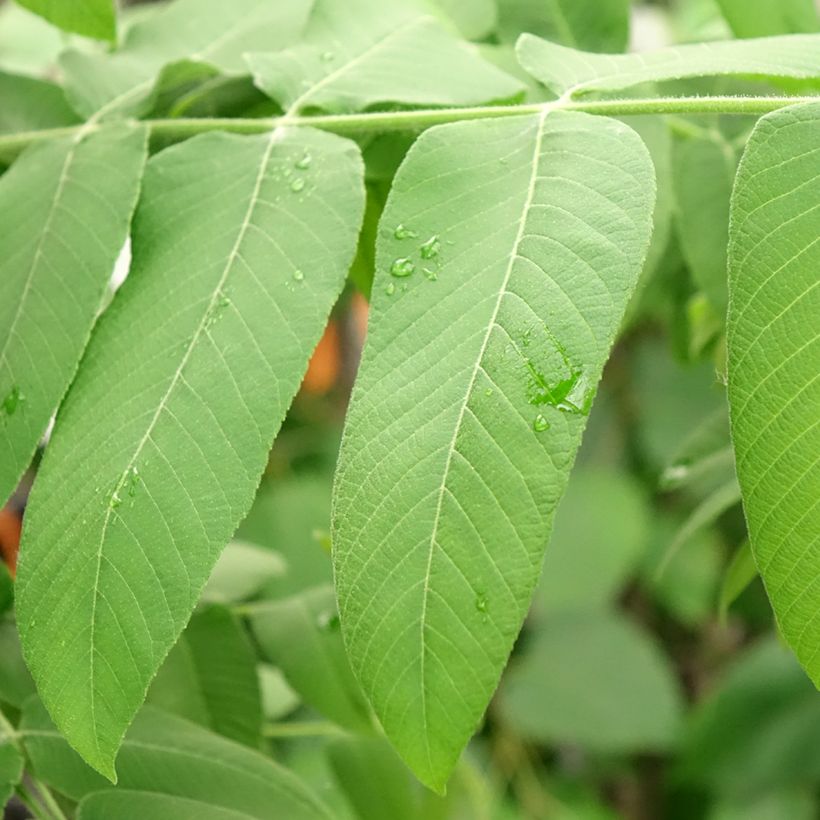

Plant habit
Fruit
Flowering
Foliage
Botanical data
Juglans
cinerea
Juglandaceae
White walnut, Butternut
North America
Other Walnut trees
View all →Planting and care
To plant your butternut (Juglans cinerea), choose a sunny spot with well-drained, fertile soil, preferably slightly acidic to neutral (pH between 6 and 7). Dig a hole twice as wide as the tree's root ball to allow for good root development. Plant in autumn, ensuring the collar remains level with the soil. Water thoroughly after planting to settle the soil and eliminate air pockets. This walnut tree tolerates moist soils well but does not tolerate stagnant water.
Space trees at least 10 to 15 metres apart to prevent competition between roots and branches. An organic mulch around the base of the tree helps retain moisture and suppress weeds. Remember to protect young plants from rodents and deer. Finally, avoid drastic pruning, as the butternut dislikes heavy cutting. Remove dead or diseased branches to promote overall health.
Planting period
Intended location
Care
Planting & care advice
This item has not been reviewed yet - be the first to leave a review about it.
Similar products
Haven't found what you were looking for?
Hardiness is the lowest winter temperature a plant can endure without suffering serious damage or even dying. However, hardiness is affected by location (a sheltered area, such as a patio), protection (winter cover) and soil type (hardiness is improved by well-drained soil).

Photo Sharing Terms & Conditions
In order to encourage gardeners to interact and share their experiences, Promesse de fleurs offers various media enabling content to be uploaded onto its Site - in particular via the ‘Photo sharing’ module.
The User agrees to refrain from:
- Posting any content that is illegal, prejudicial, insulting, racist, inciteful to hatred, revisionist, contrary to public decency, that infringes on privacy or on the privacy rights of third parties, in particular the publicity rights of persons and goods, intellectual property rights, or the right to privacy.
- Submitting content on behalf of a third party;
- Impersonate the identity of a third party and/or publish any personal information about a third party;
In general, the User undertakes to refrain from any unethical behaviour.
All Content (in particular text, comments, files, images, photos, videos, creative works, etc.), which may be subject to property or intellectual property rights, image or other private rights, shall remain the property of the User, subject to the limited rights granted by the terms of the licence granted by Promesse de fleurs as stated below. Users are at liberty to publish or not to publish such Content on the Site, notably via the ‘Photo Sharing’ facility, and accept that this Content shall be made public and freely accessible, notably on the Internet.
Users further acknowledge, undertake to have ,and guarantee that they hold all necessary rights and permissions to publish such material on the Site, in particular with regard to the legislation in force pertaining to any privacy, property, intellectual property, image, or contractual rights, or rights of any other nature. By publishing such Content on the Site, Users acknowledge accepting full liability as publishers of the Content within the meaning of the law, and grant Promesse de fleurs, free of charge, an inclusive, worldwide licence for the said Content for the entire duration of its publication, including all reproduction, representation, up/downloading, displaying, performing, transmission, and storage rights.
Users also grant permission for their name to be linked to the Content and accept that this link may not always be made available.
By engaging in posting material, Users consent to their Content becoming automatically accessible on the Internet, in particular on other sites and/or blogs and/or web pages of the Promesse de fleurs site, including in particular social pages and the Promesse de fleurs catalogue.
Users may secure the removal of entrusted content free of charge by issuing a simple request via our contact form.
The flowering period indicated on our website applies to countries and regions located in USDA zone 8 (France, the United Kingdom, Ireland, the Netherlands, etc.)
It will vary according to where you live:
- In zones 9 to 10 (Italy, Spain, Greece, etc.), flowering will occur about 2 to 4 weeks earlier.
- In zones 6 to 7 (Germany, Poland, Slovenia, and lower mountainous regions), flowering will be delayed by 2 to 3 weeks.
- In zone 5 (Central Europe, Scandinavia), blooming will be delayed by 3 to 5 weeks.
In temperate climates, pruning of spring-flowering shrubs (forsythia, spireas, etc.) should be done just after flowering.
Pruning of summer-flowering shrubs (Indian Lilac, Perovskia, etc.) can be done in winter or spring.
In cold regions as well as with frost-sensitive plants, avoid pruning too early when severe frosts may still occur.
The planting period indicated on our website applies to countries and regions located in USDA zone 8 (France, United Kingdom, Ireland, Netherlands).
It will vary according to where you live:
- In Mediterranean zones (Marseille, Madrid, Milan, etc.), autumn and winter are the best planting periods.
- In continental zones (Strasbourg, Munich, Vienna, etc.), delay planting by 2 to 3 weeks in spring and bring it forward by 2 to 4 weeks in autumn.
- In mountainous regions (the Alps, Pyrenees, Carpathians, etc.), it is best to plant in late spring (May-June) or late summer (August-September).
The harvesting period indicated on our website applies to countries and regions in USDA zone 8 (France, England, Ireland, the Netherlands).
In colder areas (Scandinavia, Poland, Austria...) fruit and vegetable harvests are likely to be delayed by 3-4 weeks.
In warmer areas (Italy, Spain, Greece, etc.), harvesting will probably take place earlier, depending on weather conditions.
The sowing periods indicated on our website apply to countries and regions within USDA Zone 8 (France, UK, Ireland, Netherlands).
In colder areas (Scandinavia, Poland, Austria...), delay any outdoor sowing by 3-4 weeks, or sow under glass.
In warmer climes (Italy, Spain, Greece, etc.), bring outdoor sowing forward by a few weeks.






























